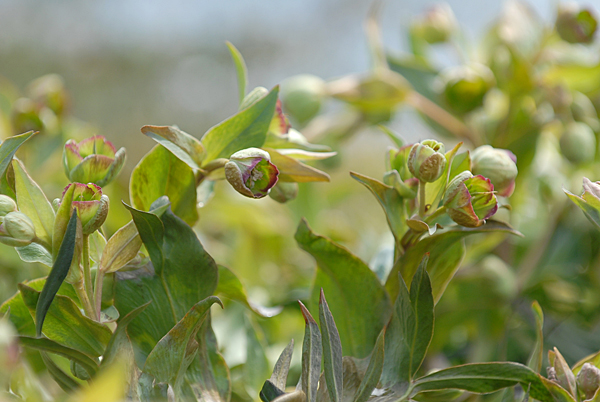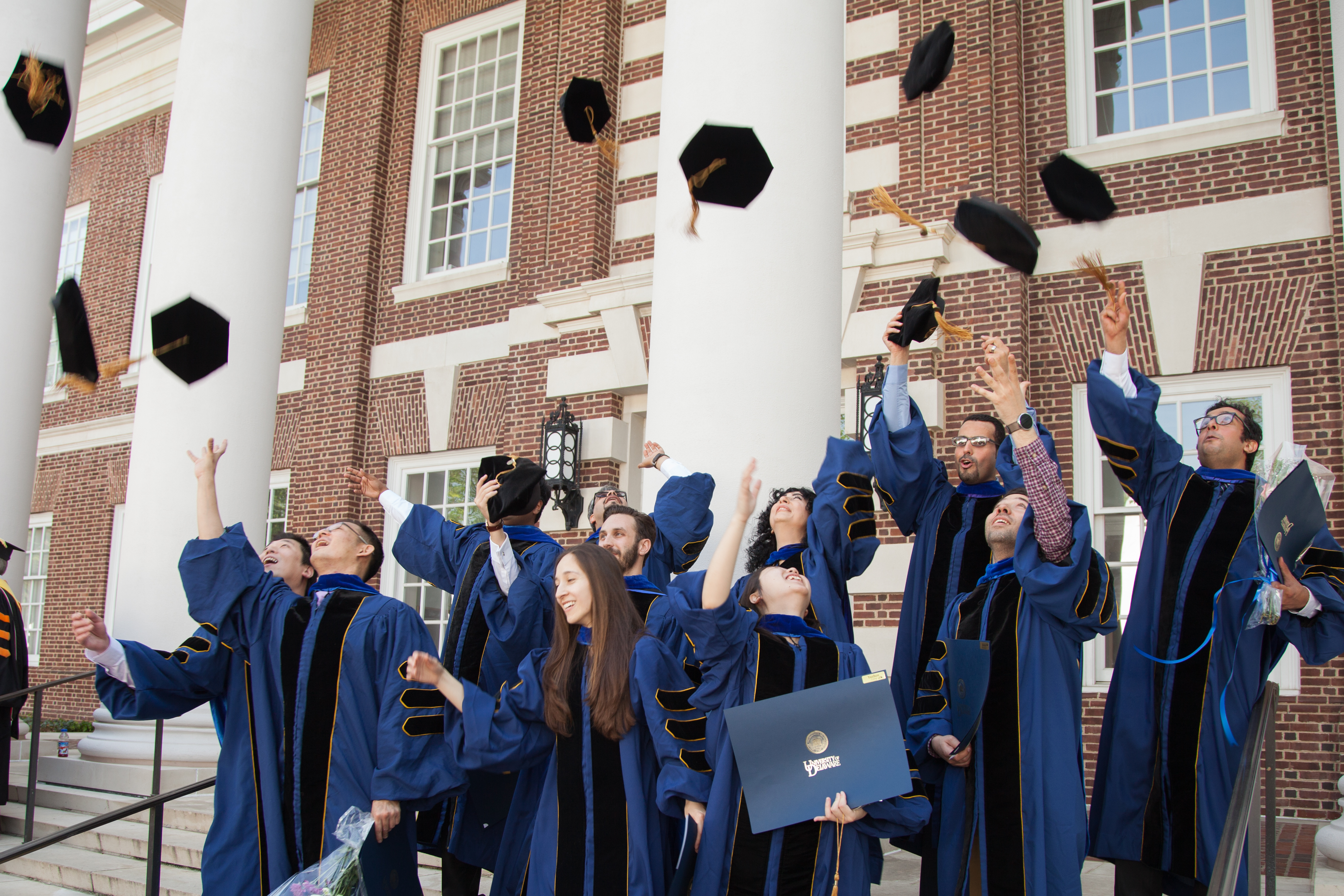
Blooms of spring
Native wildflowers enliven the Delaware landscape
10:34 a.m., April 6, 2011--When Jeanne Frett teaches “An Introduction to Native Spring Wildflowers” at Mt. Cuba Center later this month, she’ll focus on 36 plants, including wild columbine, liverleaf, yellow lady’s slipper and blue cohosh, all of which are native to Delaware or elsewhere in the Piedmont region.
Delaware is home to plenty more spring wildflowers, acknowledges Frett, the horticultural research manager at Mt. Cuba Center. “But these 36 species might be considered by gardeners to be the most ornamentally attractive,” she says.
Campus Stories
From graduates, faculty
Doctoral hooding
Some might counter that any and all blooms look ornamentally attractive after a long, dreary winter.
“Who doesn’t love spring wildflowers?” says Sue Barton, ornamental horticulture specialist for UD Cooperative Extension.
“Spring beauties are all over the stream valley at my home, as are trout lilies,” says Barton. “It’s wonderful to stumble upon them. I also love the bizarre-looking skunk cabbage flowers, which are up now, too.”
April is peak season for spring wildflowers, especially the spring ephemerals, which flourish in deciduous forests, soaking up sunlight before trees leaf out. The cool, moist days of early spring suits them to a T; once the weather warms up, spring ephemerals go to seed and die back.
Spring ephemerals are eye-catching – and not just because there isn’t a lot of other color in the landscape yet. Many don’t look the way we expect to a flower to look. Take that “bizarre-looking” skunk cabbage that Barton loves.
The native Eastern skunk cabbage, which is found in wet woods, swamps and stream borders, emerges from the ground with a purple-streaked spathe, a hood-like growth that wraps around and over the plant’s knob-shaped flower cluster. Later, large green and mottled purple leaves appear, as the skunk cabbage reaches its mature height of one to two feet.
Admire the plant’s out-of-the-ordinary appearance; just don’t break off one of its leaves. Crushing the leaves and stalk of the skunk cabbage emits an odor that’s been described as a cross between skunk spray and rotten onions.
If you like blooms that are more conventionally pretty, there are plenty of spring wildflowers to fit the bill.
Dutchman’s Breeches, which grow wild at Frett’s Landenberg, Pa., home, have translucent white flowers and delicate, feathery foliage that’s grayish green. Other attractive wildflowers on Frett’s property include cut-leaf toothwort, Virginia spring beauty and bloodroot.
Cut-leaf toothwort features white, pink or purplish flowers that only partially open, giving them a bell-like appearance. Bloodroot looks like a little daisy with a yellow center, although it’s actually a member of the poppy family. Virginia spring beauty has white flowers with perky, pink stripes along the sides of each of the five petals.
Interest in spring wildflowers is high among gardeners and garden lovers. “Mt. Cuba Center has had a spring Wildflower Celebration for the past six years. This event has consistently been a big hit,” notes Frett.
Learn more
7th annual Wildflower Celebration
May 1: Stroll Mt. Cuba Center’s gardens and enjoy live music, learning stations and family activities. For more info, call Mt. Cuba Center at 302-239-4244. Free.
An Introduction to Native Spring Wildflowers
April 12-13; April 26-27; May 10-11: Sign up for one week or all three weeks. The first session each week is a lecture, the second, a lab in the garden. For more info or to register call Mt. Cuba Center at 302-239-4244.
Where to buy
UD Botanic Gardens Native Plant Sale
April 29-30: Dwarf crested iris, draw false indigo and other native wildflowers will be sold at this annual event, at Townsend Hall in Newark. For more info, call 302-831-2531.
Delaware Nature Society Native Plant Sale
April 30-May 1: Creeping phlox, trilliums, Virginia bluebells and the hard-to-find twinleaf toothwort will be in stock at this sale at Coverdale Farm Preserve in Greenville. For more info, call 302-239-2334.
Article by Margo McDonough
Photo by Danielle Quigley








